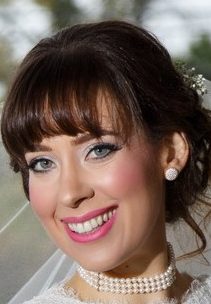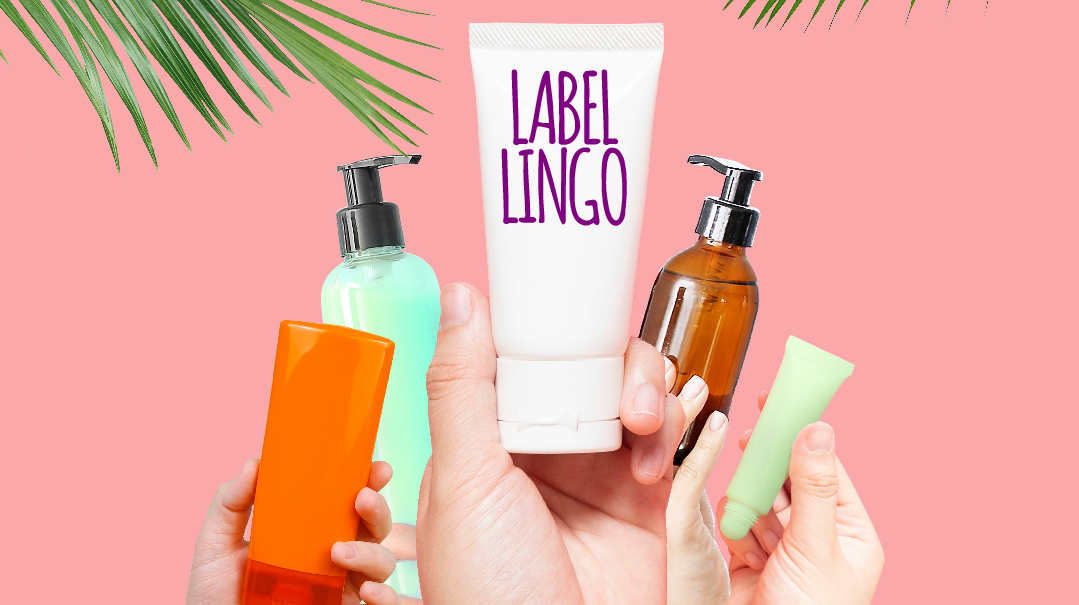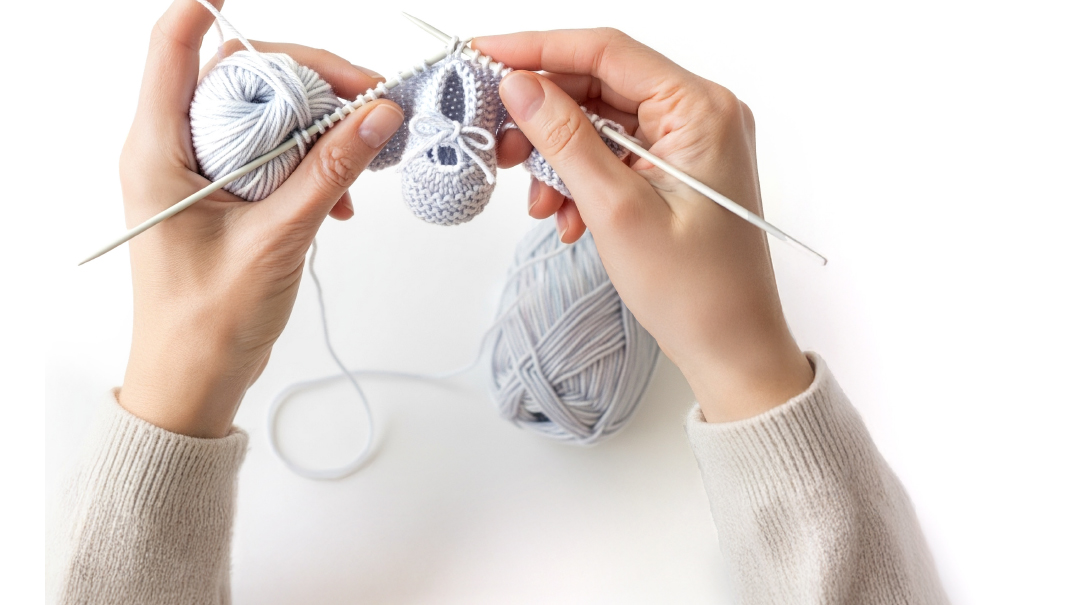Label Lingo

The Product Aficionado has returned, ready to throw down some skincare knowledge!

Ever stood in the drugstore, squinting at the fine print on a promising bottle of face cream, wondering what all the jargon means?
When it comes to beauty labels, here’s the secret: They often mean nothing. Just a bunch of carefully curated words, attempting to lure you to the register while delivering very little. So, how does one teich skincare claims?
Here is a list of phony-baloney blurbs (unless the ingredients can back it up):
“Clinically tested,” “dermatologist tested,” or “dermatologist tested and approved”
There’s taking a test, and there’s doing well on that test. Yes, the product was tested, but did it get a high score? Who knows? They aren’t telling you! It means that at most, you shouldn’t break out in hives from it, but as for actually helping your skin concern . . .
“DNA repair”
Repairing your DNA is not exactly something your OTC bottle of cream can do — it’s not CRISPR. Antioxidants and SPF can help prevent and slow down DNA damage, but it can’t repair it.
“Hypoallergenic”
There’s something soothing about the word, isn’t it? Sounds warm and fuzzy, like your favorite blankie. But according to the FDA, it simply means that the product produces fewer allergic reactions than other products. There’s no product out there that no one on earth will ever have a reaction to. If your skin tends to be sensitive, a patch test is necessary, no matter what the label says.
“Patented technology”
Ooooh, now that sounds cutting edge. Like all the serious scientists in the world teamed up in a top-secret location protected by security to produce… an eye serum. But all it actually means is that the company took out a patent on it. Doesn’t mean the patent is better at treating acne or wrinkles than anything else.
“Natural”
Probably the most meaningless term to hit the market in recent years.
- In the US, only five percent of ingredients have to be “natural” in order for the product to achieve that status, and
- Just because something is “natural” doesn’t mean it’s good for you. The natural world is full of plants that will happily give you a rash, never mind kill you.
“Essential oils”
These tend to fall under the “natural” umbrella. I have to admit I used to fall for that one. Yet even if something is a so-called “essential oil,” your skin may still not like it. I learned that following a bad experience with jojoba oil (the breakout was horrific).
“Fragrance free”
At this point you’re probably throwing your hands up in frustration, but even this could be a lie. It’s an unregulated term, and it’s permitted for use providing the point of the product isn’t the scent. So something flowery may still go in there to cover the odor of the ingredients, as plenty can be downright stinky.
“Noncomedogenic”
I really relied on this one, but no more. It’s supposed to mean that the product won’t clog pores, which is a precursor to breakouts. But this is also an unregulated term, so we’re supposed to innocently trust the companies out there to be completely honest. If your skin is sensitive, it could still cause breakouts. Back to the patch test.
“Instant results”
Can a product instantly solve your skincare woes? That’s a hard no. If it ain’t being injected, like Botox or fillers, it can give a temporary appearance of results, no more. For skin change we can believe in, it’s the long and consistent path of regular application.
“Firming”
Is there a clinical gauge for “firming”? It’s more like a subjective perspective.
“Maximum strength” or “Clinical strength”
These two still fall short of prescription strength. If you’re trying to get a product with the highest concentration of an ingredient, it won’t be casually available on a shelf. You’ll need a doc for the good stuff the pharmacist has access to.
“Anti-aging” or “Age defying”
The most an OTC product can do is moisturize skin so fine lines are less obvious, but if a cream could actually change deep wrinkles, that would have to be classified as a drug, and the FDA would have something to say about that.
“FDA approved”
FDA approval is only needed for products that function as drugs. Otherwise, they make no statement about OTC products, other than it’s safe to use. It doesn’t mean that it’s more effective.
So, if these terms are no help, what should you look for?
What Skin Am I?
For starters, you gotta know what your skin type is. Dry skin will not be happy if an oil-control product meant for greasy skin is applied, and oily skin will go berserk if an uber-rich lotion is shmeared onto it. Although it is possible to have combination skin — I have an oily t-zone (forehead, nose, and chin) and dry-ish cheeks — no worries, there are products for us, too.
Diagnose yourself, but if you can’t figure it out, and you want to up your skin game, a dermatologist can help you there.
Once you’ve figured it out, you can shop for ingredients accordingly.
AHAs and BHAs
AHAs is the acronym for alpha hydroxy acids, which are usually glycolic and lactic acid. BHAs are beta hydroxy acids, typically salicylic acid. The former is better for normal to dry skin, the latter for normal to oily/acne skin.
Both provide exfoliation, helping the skin to shed dead skin cells and reveal the lively epidermis below. Lines and wrinkles are less visible, skin gets hydrated and firmed, bumps and roughness are smoothed out.
They work better for different skin types because of their solubility; AHAs are water soluble, operating only on the skin’s surface, targeting signs of aging; BHAs are oil soluble, tackling clogged pores and breakouts.
The Vitamins
One of my favorite, favorite, FAVORITE ingredients is usually known as l-ascorbic acid, or simple vitamin C (l-ascorbic acid is highly unstable, however, so many companies use derivatives instead, which have long, tedious names that would eat up my word limit in no time). Unlike retinol or acids, vitamin C is ideal for daytime use, and as an antioxidant, can even help sunscreen stave off sun damage. I’ve bought a number of random ones on Amazon, and I’ve seen glowing results with them all.
Tocopherol is simply another way to say vitamin E, which is an excellent means to plump and hydrate skin. Vitamin E is also an antioxidant, which means it prevents cell damage by neutralizing free radicals. It’s also an anti-inflammatory. It provides long-lasting moisture and apparently packs a mighty punch if paired with its sibling, vitamin C.
Then there’s vitamin A, which is the all-powerful retinol. Retinol is used to treat acne, fight wrinkles, increase collagen, and decrease hyperpigmentation. But it can take time to see results. Like three to six months. Still, it’s definitely worth it if one is willing to be consistent with application.
SPFs
The sun is not skin’s friend. Reversing sun damage is always harder than preventing it in the first place. There are mineral and chemical SPFs. The mineral ingredients are safer, but tend to leave a white residue; the chemical blends in better, but every once in a while, an ingredient is found to be problematic (there’s a lot of muttering about oxybenzone, for instance). Still, most in the medical community say that it’s more important to prevent sun damage than worry about a particular ingredient, so just put on the sunscreen already.
Mineral ingredients: titanium dioxide, zinc oxide. Mineral sunscreens block UV rays.
Chemical ingredients: oxybenzone, avobenzone, octisalate, octocrylene, homosalate, and octinoxate. Chemical sunscreens absorb UV rays, like a sponge.
Look for “broad spectrum” on the label. That means both UVA and UVB rays will be dealt with. The ideal SPF factor is 30. That protects against 97 percent of the sun’s rays, and that’s enough (SPF 50 protects against 98 percent, a negligible difference). The higher you go, the more expensive it can get, while SPF 30 is sufficient.
Keep in Mind
Here are some additional pointers to consider as you shop:
How ingredients are listed matters. Like when in the supermarket, ingredients are listed based on highest to lowest quantities. If a product claims “anti-aging!” but the potent ingredient is found all the way on the bottom of the list, meh.
Certain products, like Vitamin C serums, tend to be sold in a dropper bottle, but I take the extra time and weaken my eyesight by scrolling continuously until I can locate the rare pump or tube. In general, it’s better if bacteria and air cannot be introduced to your products. I’m not a fan of jars, either.
Sometimes cleansers will proclaim having AHAs or vitamins as ingredients, but in a cleanser, they don’t really matter. It’s getting washed off in a minute.
When applying products to the face, apply it to the neck, too.
Consistency. Did I mention consistency? Sunscreen: every day. Face serums, lotions, creams: every night.
In Conclusion
New products hit the market every few minutes, touting some “amazing!” discovery that will heal all. Be wary. When it comes to skincare, it usually boils down to a few tried-and-true ingredients and methods.
Do you want to be the youngest-looking resident in the old-age home? That’s my plan! So don’t be led astray by fake claims. The most important thing is to protect your skin from the sun (I also heartily recommend wide-brimmed hats in the summer months). It’s boring. It’s unexciting. It’s tediously repetitive. But it works.
Product Aficionado, out.
(Originally featured in Family First, Issue 754)
Oops! We could not locate your form.













